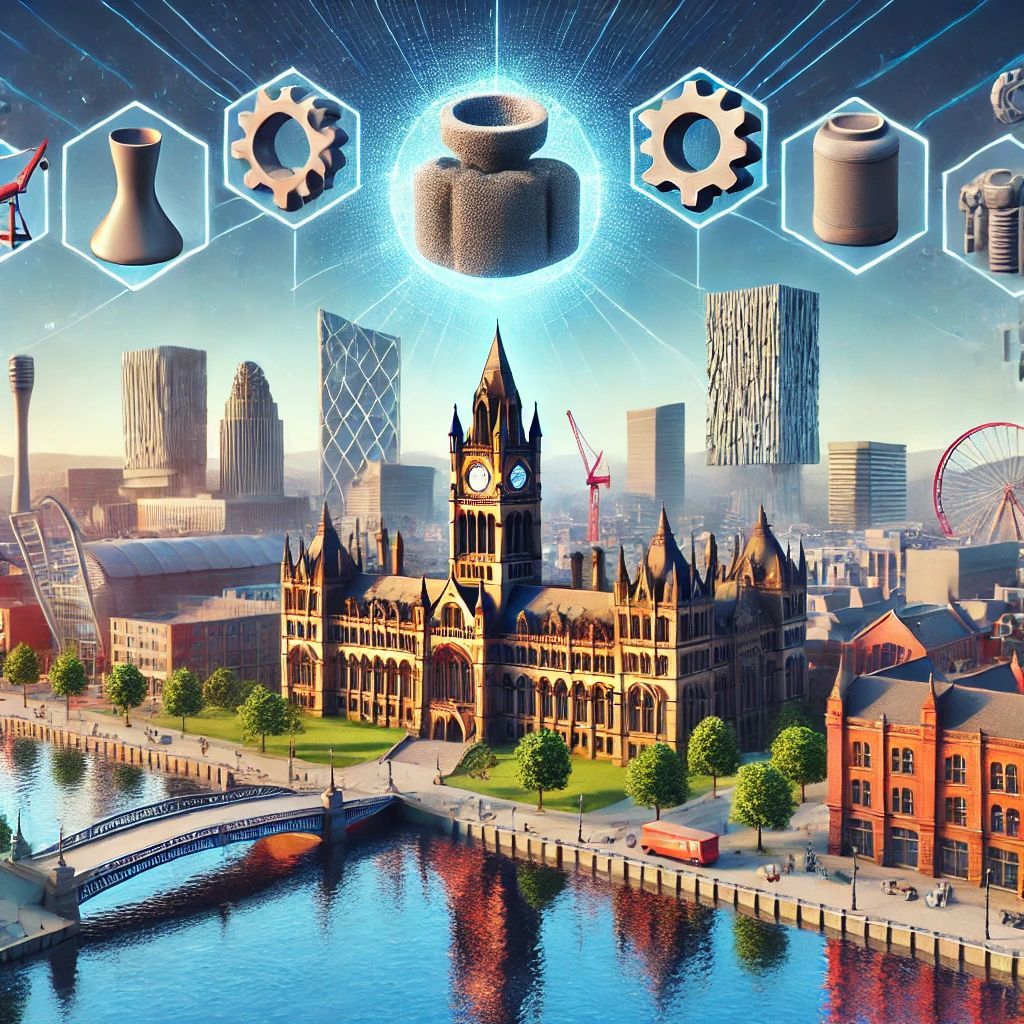3D Printed Car Parts Near Me
3D Printed Car Parts: Revolutionizing the Automotive Industry

In the ever-advancing realm of automotive technology, a phrase has emerged in recent years that has the potential to reshape the entire landscape: 3D printed car parts.
This innovative approach to manufacturing has the power to transform how we view and interact with car spares and accessories, offering a glimpse into a future where the very essence of car maintenance and repair is redefined.
The Art of Reverse Engineering
At the core of the 3D printed car parts revolution lies the art of reverse engineering. This intricate process involves the dissection of existing car parts to gain a comprehensive understanding of their design, functionality, and intricacies.
It's akin to peeling back the layers of a complex puzzle, revealing the inner workings that make these components tick. Through reverse engineering, engineers and innovators extract invaluable insights that serve as the foundation for creating precise 3D models with the aid of Computer-Aided Design (CAD) software.
Imagine a scenario where a classic or rare vehicle experiences a malfunction, and traditional replacement parts are either scarce or prohibitively expensive.
Reverse engineering, coupled with the magic of CAD design, empowers automotive enthusiasts and skilled mechanics to craft replicas of these elusive components, ensuring that vintage vehicles continue to purr like well-oiled machines.
This seamless fusion of reverse engineering and CAD design bridges the gap between the past and the future of automotive maintenance.
Unveiling the Multifaceted Advantages of 3D Printed Car Parts
Let's delve deeper into the multifaceted advantages of 3D printed car parts, which are poised to revolutionize the automotive industry:
- Unparalleled Customization: Perhaps the most striking feature of 3D printing is its capability to deliver tailor-made car parts that precisely match unique specifications. Whether it's a one-of-a-kind design or a component crafted to fit a modified vehicle, 3D printing offers a level of customization that traditional manufacturing methods struggle to achieve.
- Cost-Efficiency Redefined: Conventional manufacturing processes often come with significant setup costs for producing small batches of car parts. In a paradigm shift, 3D printing eliminates these initial expenses, making it a cost-effective choice for both small-scale production runs and individualized replacements.
- Swift Turnaround: When time is of the essence and a replacement part is urgently required, 3D printing stands out as a beacon of hope. It can deliver solutions within hours or days, a stark contrast to the extended lead times associated with traditional manufacturing.
- Materials Galore: 3D printing offers an expansive array of material choices, ranging from a multitude of plastics to various metals. This versatility ensures that 3D printed car parts meet the exacting standards for strength, durability, and performance, catering to the diverse needs of modern vehicles.
- Mastering Complex Geometries: Some car parts feature intricate and highly complex geometries that challenge traditional manufacturing methods. 3D printing thrives in the face of such challenges, effortlessly crafting intricate shapes with precision, thereby reducing the necessity for assembling multiple components.
Navigating the Realm of 3D Printed Car Parts
When it comes to sourcing 3D printed car parts, you have several reliable options at your disposal. While specific brand names won't be mentioned, rest assured that these avenues are prime destinations to explore:
- Online Marketplaces: Numerous online marketplaces have emerged to connect buyers with sellers specializing in 3D printed car parts. These platforms offer an extensive selection, ensuring you can locate the precise components you need.
- Specialized Repair Shops: Certain automotive repair shops and mechanics have embraced 3D printing technology to craft custom car parts for their clientele. These establishments often possess the expertise and cutting-edge equipment necessary to deliver top-notch components.
- Local Fabrication Services: Local fabrication services equipped with 3D printing capabilities can be a valuable resource. They work closely with clients to design and produce exact car parts that cater to specific requirements.
- Automotive Enthusiast Communities: Online communities and forums dedicated to automotive enthusiasts can serve as exceptional resources for identifying individuals or small businesses specializing in 3D printed car parts. These communities often feature members with a passion for vehicle restoration and customization.
The Road Ahead: 3D Printed Car Parts as the New Norm
As we navigate the ever-changing landscape of automotive technology, 3D printed car parts stand as a testament to human ingenuity and innovation.
Through the seamless integration of reverse engineering and CAD design, these components offer a unique blend of customization, cost-efficiency, speed, and versatility.
Whether you are a vintage car enthusiast keen on preserving the legacy of classic vehicles or a modern driver in need of a quick and tailored replacement part, 3D printed car parts beckon you towards a new era in automotive maintenance and repair.
Embrace the future, and let your vehicle benefit from the precision and adaptability that 3D printing brings to the table.
Pushing the Boundaries of Possibility with 3D Printed Car Parts
The journey doesn't end here. 3D printed car parts represent a constantly evolving field, pushing the boundaries of what's possible in automotive maintenance and repair.
As technology advances, we can anticipate even more groundbreaking developments, further solidifying the role of 3D printing in the automotive industry.
The possibilities are endless, from enhanced materials to more intricate designs.
The road ahead is paved with innovation, and 3D printed car parts are driving the way. Stay tuned for the next chapter in this exciting journey, where cars are not just machines but canvases for creativity and precision engineering.












